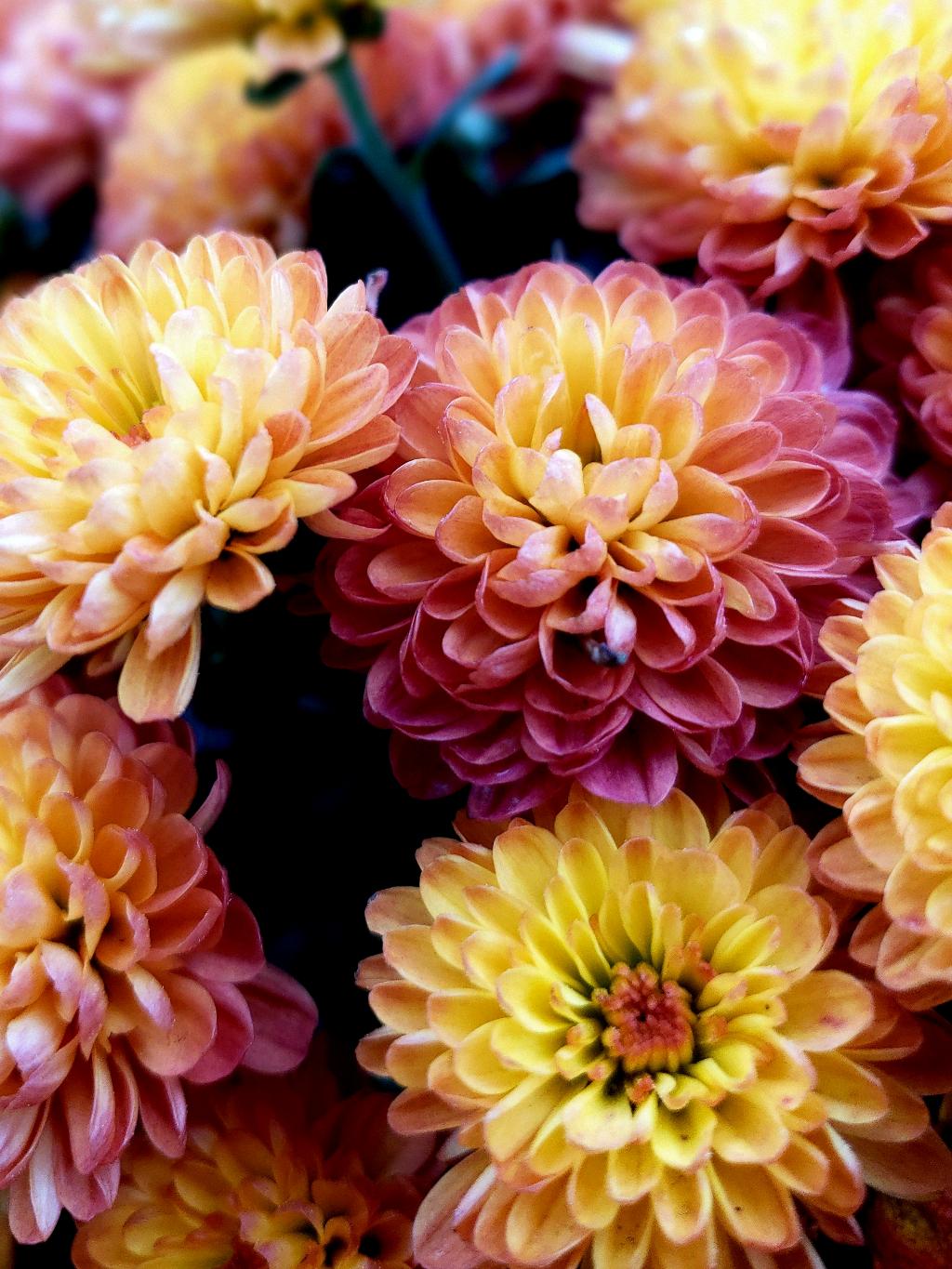When the colder months begin to approach, it’s essential to ensure your dahlia bulbs are properly stored to protect them during winter. The key to successful dahlia bulb storage lies in maintaining a dry, well-ventilated, and cool environment for these delicate tubers. Here’s a comprehensive guide on how you can store your dahlia bulbs for the winter months ahead.
Preparation
Before storing your dahlia bulbs, it is crucial to prepare them properly. Start by carefully digging up the bulbs from the ground once the foliage has withered. Gently remove any excess soil, taking care not to damage the tubers. Allow the bulbs to air dry for a few days in a shaded area to ensure all excess moisture is evaporated.
Choosing the Right Containers
When it comes to selecting containers for your dahlia bulbs, options like milk crates, plastic bins, paper bags, or cardboard boxes are all suitable choices. Ensure that the containers have adequate ventilation to prevent moisture buildup, which can lead to rotting. Additionally, opt for containers that are not too large to avoid overcrowding the bulbs.
Packing for Storage
One popular method for storing dahlia bulbs is to pack them in peat moss. This natural material helps retain moisture while still allowing for proper aeration. Simply place a layer of peat moss at the bottom of your chosen container, arrange the bulbs on top, and cover them with another layer of peat moss. Be sure not to overcrowd the bulbs to prevent them from touching each other.
Temperature and Environment
Find a suitable location for storing your dahlia bulbs that is cool, dark, and well-ventilated. Ideally, the temperature should remain consistent and be around 40-50 degrees Fahrenheit. Avoid areas that are prone to temperature fluctuations or direct sunlight, as this can affect the quality of the stored bulbs.
Regular Monitoring
Throughout the winter months, it is essential to check on your stored dahlia bulbs periodically. Inspect them for any signs of mold, rot, or shriveling. If you notice any issues, remove the affected bulbs immediately to prevent the spread of disease to the rest of the storage batch.

